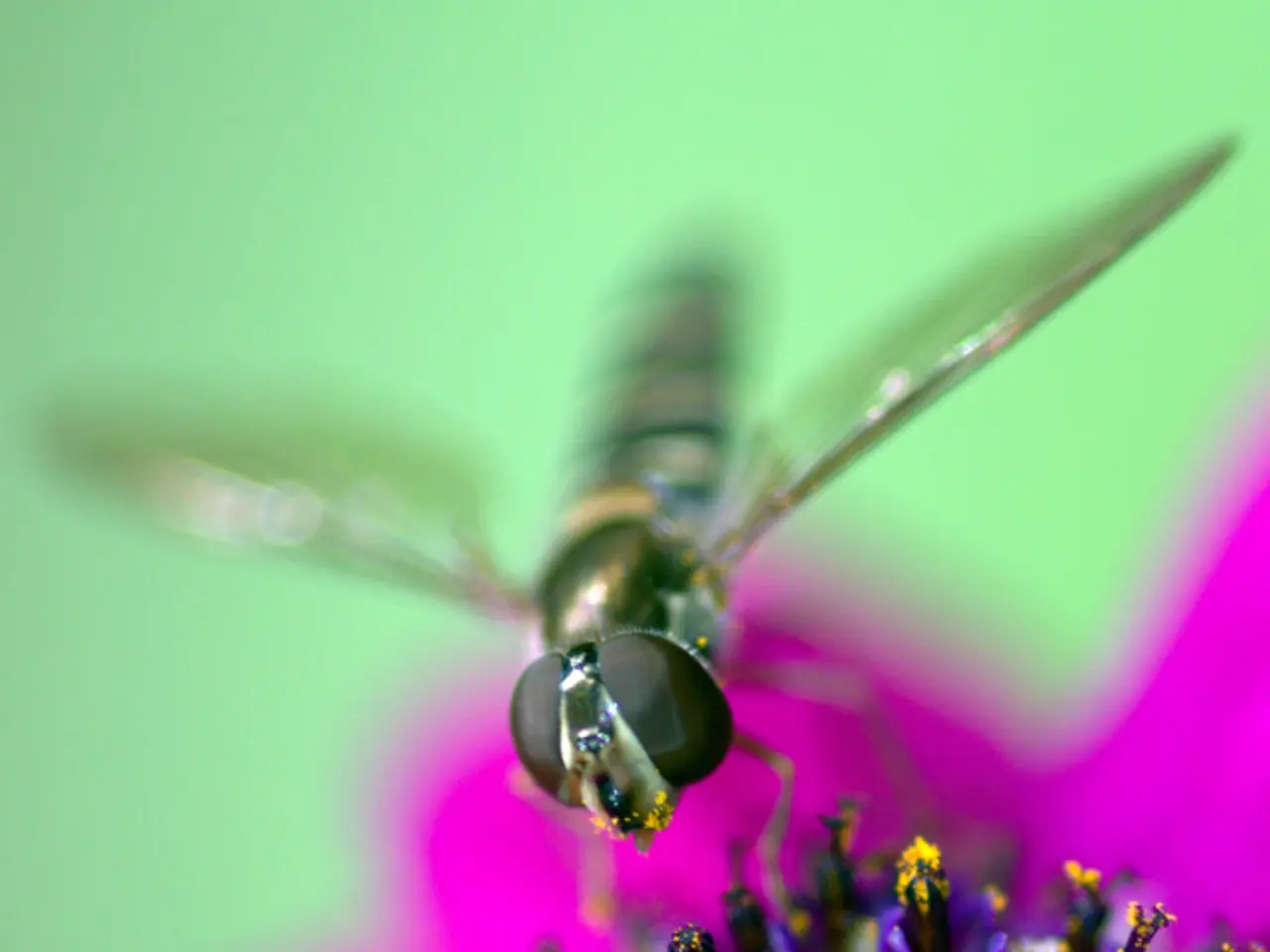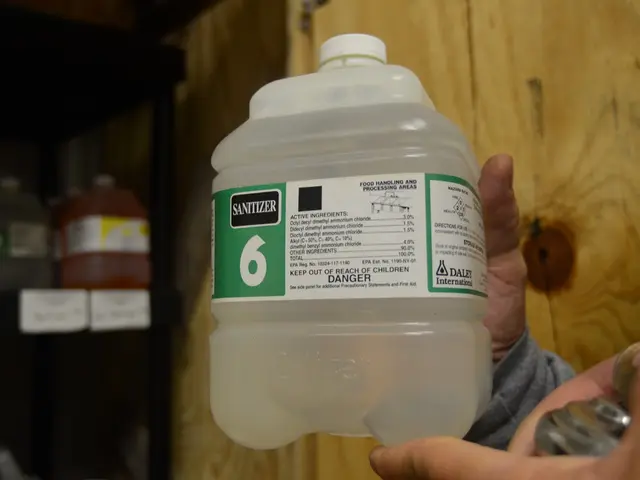Allergy from pollen leading to a rash similar to hay fever: Symptoms and treatments
As the warmer months approach, many people are gearing up for hay fever season, a time when pollen counts soar and allergy symptoms flare up. However, for some individuals, the impact of hay fever extends beyond just the respiratory system, affecting their skin as well.
Hay fever, also known as allergic rhinitis, shares a common link with allergic skin rashes. Both conditions are triggered by the immune system's response to allergens such as pollen, dust mites, and pet dermis. Exposure to these allergens triggers the release of histamine and other chemicals, leading not only to respiratory symptoms like sneezing and itchy eyes but also potentially causing allergic skin reactions[1][4].
**Common Types of Allergic Rashes During Hay Fever Season**
1. **Hives (Urticaria):** These are raised, red, itchy bumps that can appear and disappear irregularly. Hives are common in hay fever sufferers and can cause significant itching[2][5].
2. **Atopic Dermatitis (Eczema):** This rash involves red, itchy, swollen skin which may blister, ooze, or crust. It is often found on the face, hands, feet, scalp, eyelids, and other areas. Eczema is strongly linked with other allergic diseases, including hay fever, as part of the "atopic march"—a progression of allergic conditions from infancy to adulthood[3][5].
3. **Allergic Contact Dermatitis:** This rash results from direct skin contact with allergens, producing small itchy bumps and sometimes blistering[5].
During hay fever season, heightened sensitivity to airborne allergens can exacerbate these skin conditions, particularly hives and eczema, as the immune system remains hyperactive[2][5].
**Managing Allergic Skin Rashes**
For rashes that occur or get worse due to hay fever, a person can use topical creams, over-the-counter antihistamines, and allergy immunotherapy[1]. Home remedies for skin conditions related to hay fever or other causes include applying cool compresses, using lukewarm water for washing, patting the skin dry, using gentle, unscented skin products and soaps, adding baking soda or colloidal oatmeal to a bath, and soaking the affected area for 10-15 minutes[1].
However, for persistent or severe symptoms, a person should speak to a doctor. They should seek medical attention if their rash is very painful, swollen, weepy, crusty, produces pus, spreads to other parts of the body, does not respond to over-the-counter antihistamines, resembles a target or bull's-eye, or if they are having trouble breathing, have a swollen throat or tongue[1].
**Other Skin-Related Concerns**
Insect stings may cause a minor rash, but people who are allergic to insect stings may have a severe reaction that requires emergency treatment[1]. During the summer, people may spend more time outside, making contact with plants like poison ivy, poison oak, or sumac more likely[1].
In conclusion, understanding the connection between hay fever and allergic skin rashes can help individuals manage their symptoms effectively. By being aware of the common types of allergic rashes and knowing when to seek medical help, hay fever sufferers can enjoy the warmer months with minimal discomfort.
[1] American Academy of Allergy, Asthma & Immunology (AAAAI) [2] Mayo Clinic [3] National Eczema Association [4] Asthma and Allergy Foundation of America (AAFA) [5] British Allergy Foundation
- Hay fever, or allergic rhinitis, shares a common link with allergic skin rashes, both caused by the immune system's response to allergens like pollen and dust mites.
- Exposure to these allergens triggers the release of histamine and other chemicals, resulting in rashes like hives, eczema, and allergic contact dermatitis.
- During hay fever season, hives and eczema may be exacerbated due to heightened sensitivity to airborne allergens.
- For managing allergic skin rashes that occur or worsen due to hay fever, people can use topical creams, over-the-counter antihistamines, and allergy immunotherapy.
- Home remedies include using cool compresses, gentle, unscented skin products, and colloidal oatmeal baths.
- For persistent or severe symptoms, consulting a doctor is essential, as they may require medical attention if the rash is very painful, weepy, or spreads to other parts of the body.








